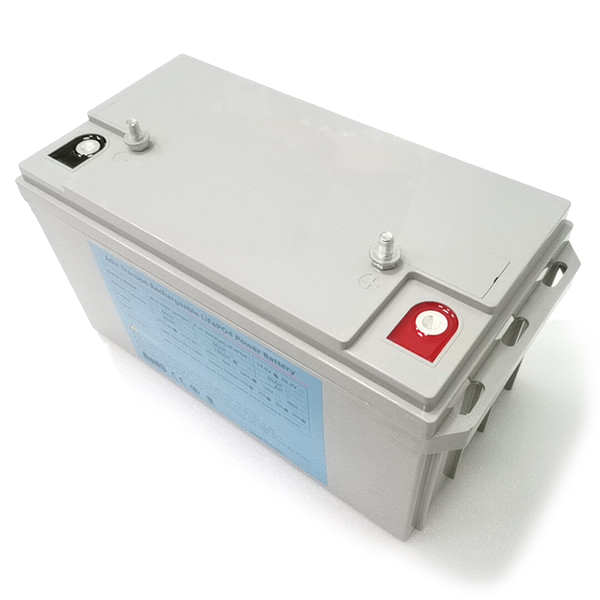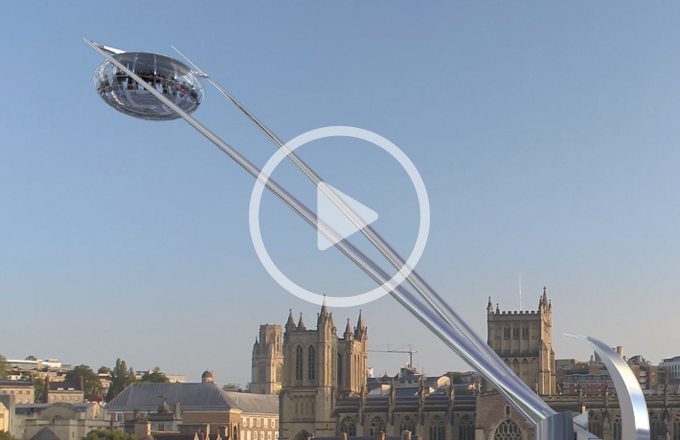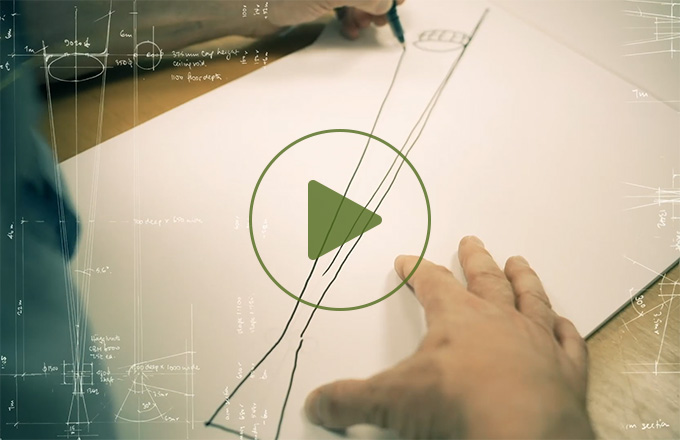Our world is facing some big challenges. Tackling them will require big changes in our everyday lives – in the ways we eat or dress, travel, work and relax and also in the types of recreation we choose.
Perhaps that’s why ‘enjoy’ isn’t a word you hear so much when climate change comes into the conversation.
It’s true that achieving a sustainable and enjoyable future will be hard. But it is possible.
An attraction idea as big as Arc inevitably means some impact. But, to fulfil our responsibility in creating that future, we’re making Arc an incredibly low-impact invention. People’s enjoyment of it will be powered by the Sun - stored as necessary.
Taking the balanced approach…
How do we do this? At it’s simplest, Arc is a brilliant balancing act. At one end you have an enormous triangular counterweight, at the other a glass capsule carrying passengers. Water ballast is pumped in and out so Arc sits in perfect equilibrium about the fulcrum and will not move unless powered.
Thus Arc only needs enough power to overcome inertia rather than gravity. That power comes from solar energy.
An array of photovoltaic panels on Arc’s wherry roof will capture 2.4 times the energy Arc will use. So the excess energy will be stored in batteries to power Arc at night.
What’s more, most of the energy which is used to make Arc tilt and turn can also be recovered and used again! 'Regenerative braking' to slow Arc down re-captures about 4/5ths of the energy used to make it move. Regenerative braking is fundamental to electric car efficiency and is used in almost all models of EV.

Nick Stubbs is the inventor of Arc. An architect and chartered environmentalist he is passionate about sustainability and projects that offer practical real-world solutions to global challenges.

 Nick Stubbs is the inventor of Arc. An architect and chartered environmentalist he is passionate about sustainability and projects that offer practical real-world solutions to global challenges.
Nick Stubbs is the inventor of Arc. An architect and chartered environmentalist he is passionate about sustainability and projects that offer practical real-world solutions to global challenges.





